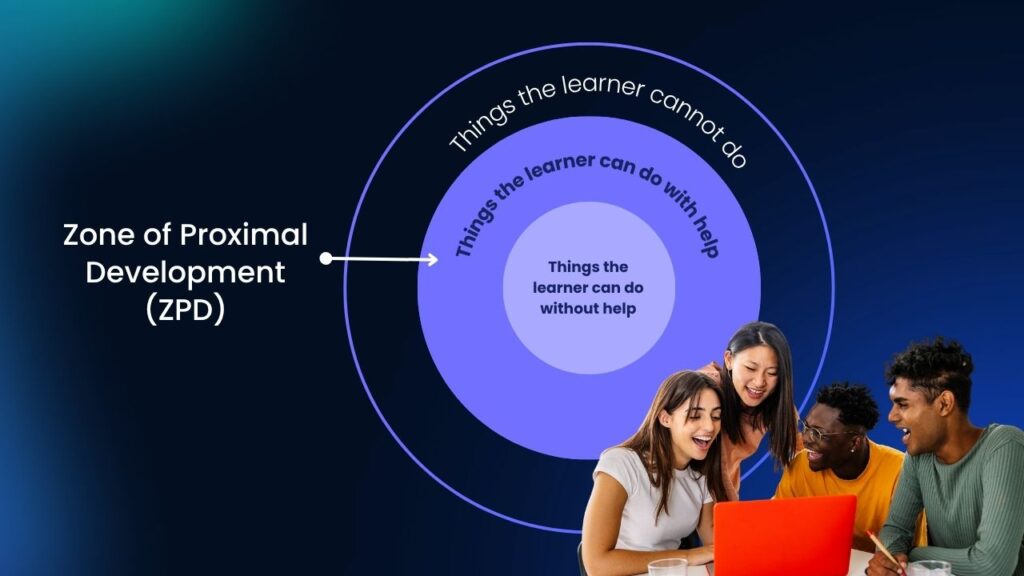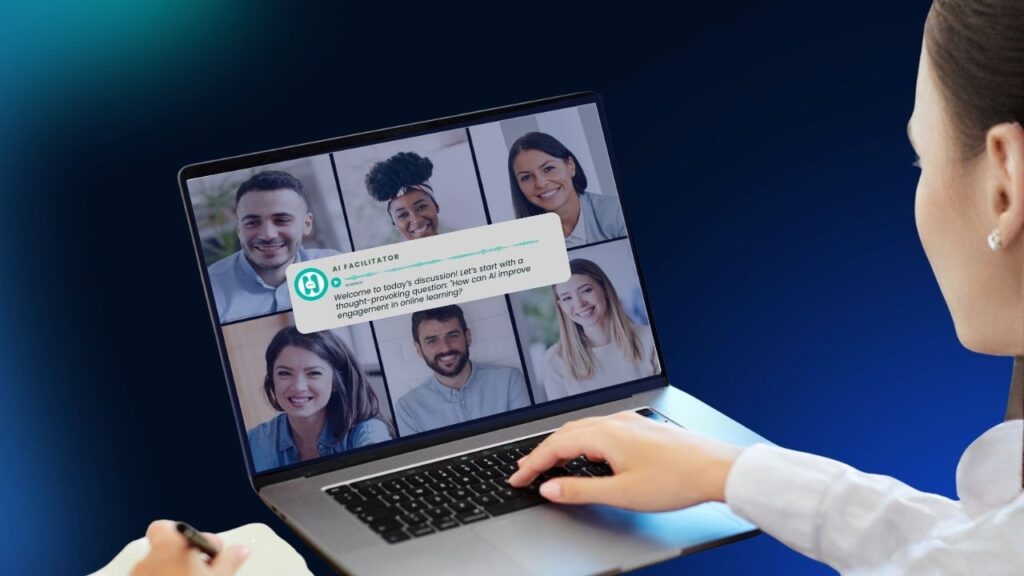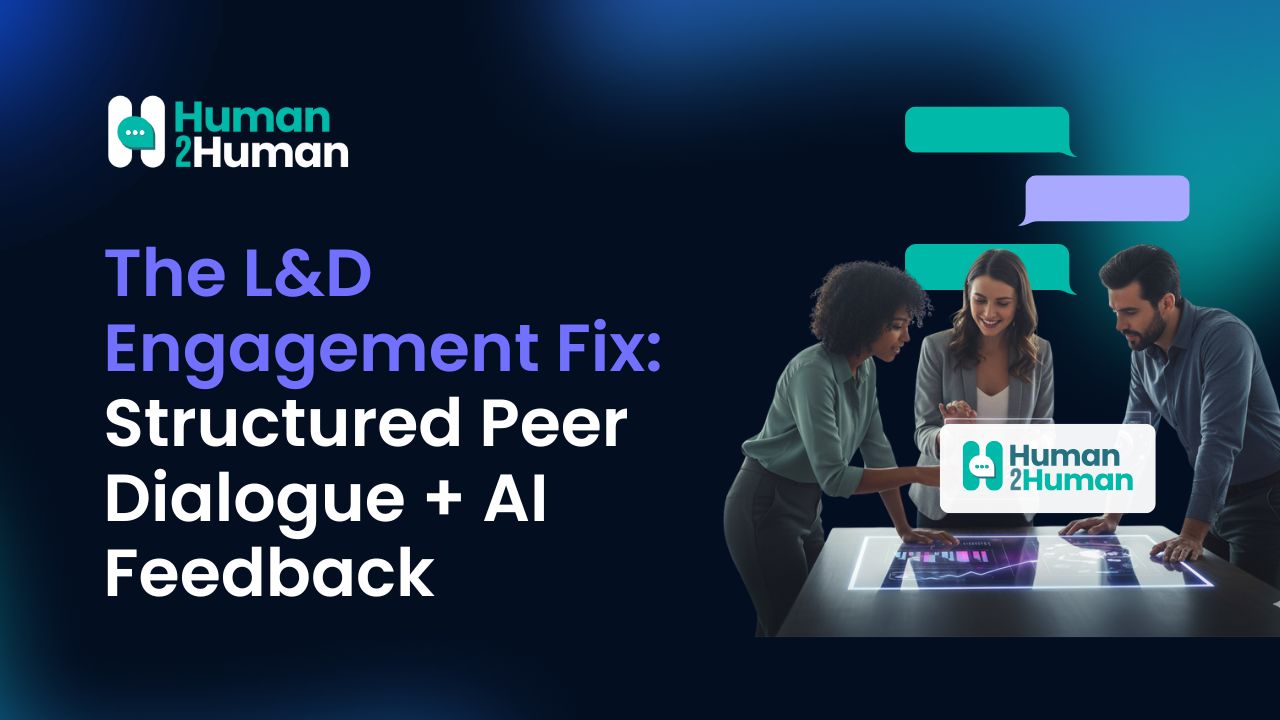For all its promise, most online learning remains a solitary experience. Watch a video, take a quiz, and post in a forum. Rinse and repeat. Despite decades of research showing that learning is deeply social, the dominant models of digital education are built for individual consumption. This disconnect isn’t just theoretical—it shows up in outcomes: a cycle of disengagement that hurts both learners and institutions.
The Pedagogical Power of Groups

Why Don’t We See More Group Learning Online?
AI as a Group Learning Enabler
This is where AI offers real promise—not as a content generator or answer bot, but as a facilitator of structured human interaction.
Platforms like Human2Human.ai are pioneering this space. Instead of pushing learners through static modules, they guide them into small, real-time group discussions. The AI moderates the sessions, nudges participation, aligns conversations with learning objectives, and delivers personalized feedback—all based on educator-defined rubrics.

From Isolation to Belonging
A Rethink Means a Redesign
To unlock this potential, we need more than new tools—we need new design principles.
Group learning must move from an optional “bonus” activity to a core part of the learning architecture. AI should be integrated not as a personal tutor, but as a group facilitator. And our metrics should value collaboration, critical thinking, and dialogic reasoning—not just individual quiz scores.
It’s time to stop treating digital learning as a solo sport. The future of scalable, effective education lies in designing for connection—where AI enables learners to learn with and from each other, no matter the scale.
Because ultimately, humans learn best in conversation. And now, we have the tools to make that happen—even online.


